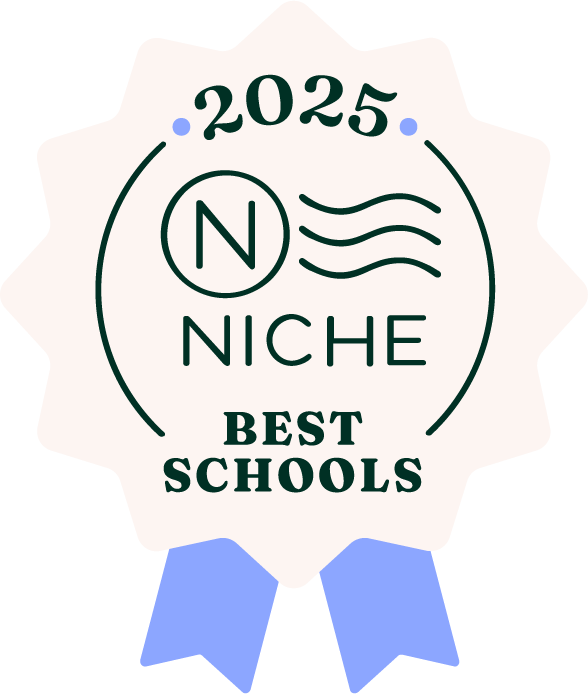“He needs structure.” It’s a phrase we commonly hear in reference to young children, but I recently heard it used to describe a freshman in college. He had excelled academically in high school. He then enrolled at the University South Carolina only to fail out his first year. What was he missing?
Conventional education has put all of its focus on the regurgitation of academic information. The teacher gives information to students, usually orally, and then the students are expected to repeat it back through homework and exams. Good memorization equals good grades.
The Montessori method creates a learning environment to support the student’s whole development. For instance, toddlers are naturally independent beings. Everyone has heard a two year-old say, “I want to do it myself!” There are many parents too scared to let their children do things themselves. Instead, parents should ask themselves, “What are the risks in this activity?” A skinned knee? A small burn? A spill? Disappointment? Or is it death? What are some acceptable risks for children, and do these risks change as children grow?
When parents observe our Montessori toddler classes they say, “He just poured his own water!” They are astonished to watch children clean a spill or wash a dish. What are the risks in these activities? A spill? Maybe some wet clothes? Alternatively, what are the benefits? Independence, confidence and a willingness to simply try. Maria Montessori said, “Never help a child with a task at which he feels he can succeed.” Even at 18-months-old, we are empowering our students to direct their own success.
Which brings me back to our protagonist, the college freshman. The Montessori method fosters the development of independence, risk-benefit analysis, problem solving, planning, organization and time management, all key elements of executive function skills. These are the skills our children need for success in school, at work and throughout life. These skills are missing from traditional education because they cannot be taught in a single lesson and qualitatively assessed and graded. These are the skills the freshman was missing when he left home for college. He did not fail because the classes were too difficult. He failed because he wasn’t able to self-regulate his behavior, manage his time, care for himself and simply get to class.
Structure is not a parent micro-managing every minute of her child’s day. In the classroom, it doesn’t have to look like desks in rows with a teacher at the front of the room following one lesson plan for the entire group. In fact, if you Google, “What is Structure?” the first definition is “the arrangement of and relations between the parts or elements of something complex.”
The structure embedded in a Montessori classroom reflects this “complex” ability. It is both overt and organic. The obvious structure comes from Maria Montessori’s research-driven curriculum which identifies developmentally appropriate lessons, limits and responsibilities for students as individuals. Montessori-trained faculty know what each student needs and appropriately provides access to the materials, lessons and concepts the student is ready to learn.
The organic structure comes from multi-age classrooms, a hallmark of the Montessori method. Each child is a member of a community spanning three-year age groups. Students must take responsibility for themselves while also navigating multifaceted relationships between students of varying ages and abilities. The younger students look up to the older students who, in turn, mentor the younger students. They create their own structure by reinforcing positive behavior and reminding each other how to care for themselves and their community as a whole.
Maria Montessori also said, “The children in our schools are free, but that does not mean there is no organization. Organization, in fact, is necessary…if the children are to be free to work.” Greensboro Montessori alumni consistently thank us for the academic, social and emotional preparation their Montessori education gave them for high school, as well as college. We’re delighted and thankful they choose to stay in touch and share their success with us.


